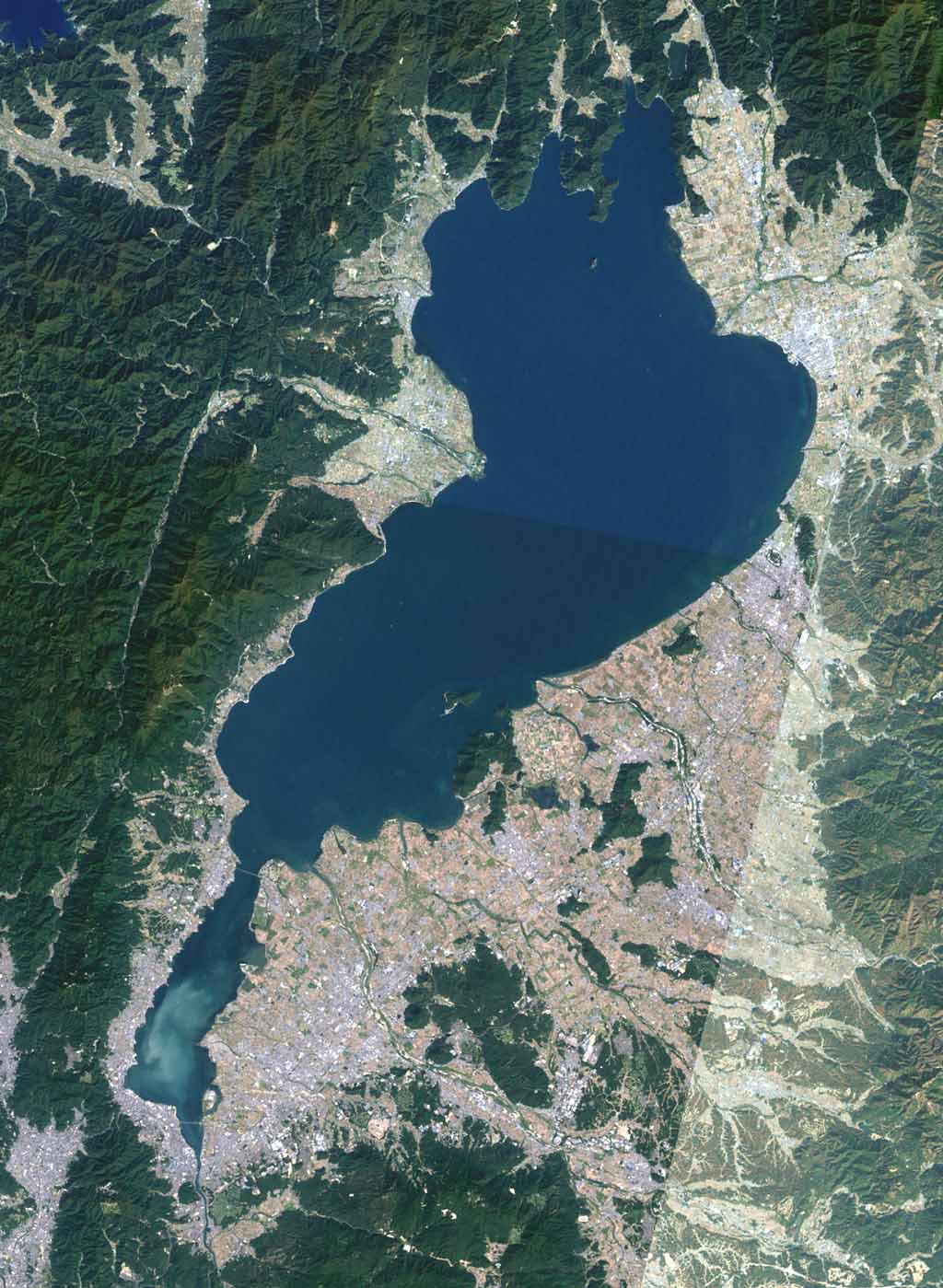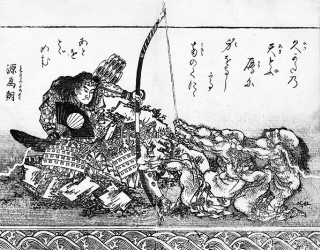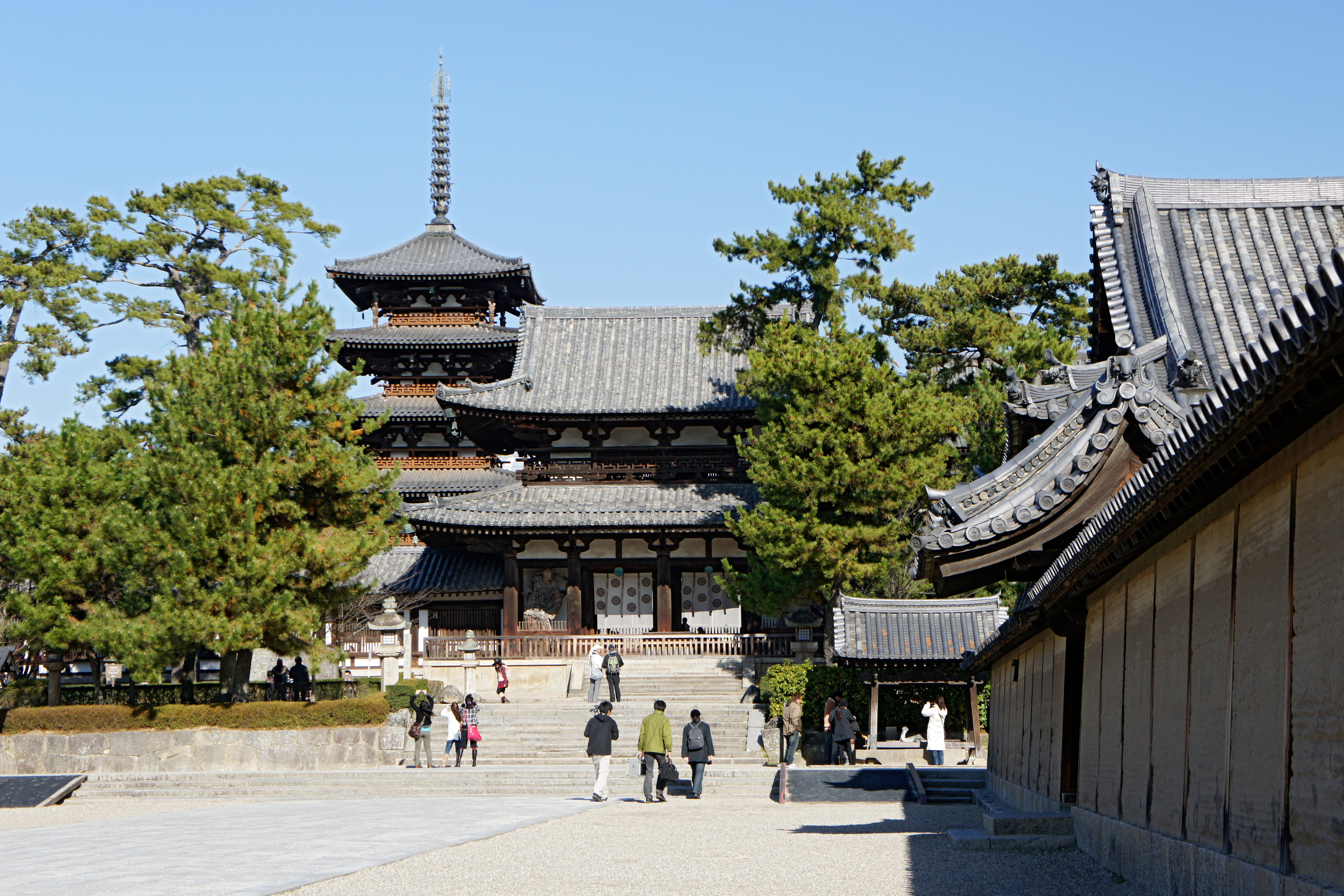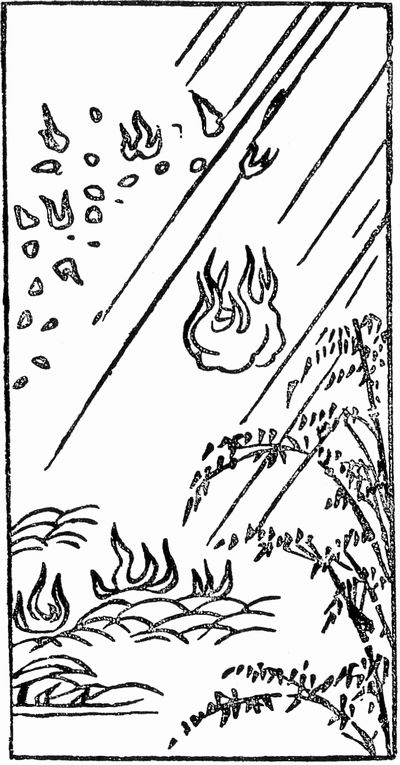|
Chōchinbi
Chōchinbi (提灯火) is a type of onibi, told in legends in each area of Japan. Overview It is said to appear in footpaths between rice fields, floating about one meter above the ground, disappearing when humans get close to it.多田克己 『幻想世界の住人たち IV 日本編』〈Truth in fantasy〉 新紀元社、1990年、232-233頁。。 In the Tokushima Prefecture in Shikoku, witnesses are said to have observed several tens of paper lantern fires appearing at once and lining up like light bulbs.水木しげる 『妖鬼化 4 中国・四国編』 Softgarage、2004年、106頁。。 Its name comes from how it is presumed to be some kind of monster lighting up paper lanterns; it is also said to be the work of kitsune. In Miyoshi District, Tokushima Prefecture, these chōchinbi are called "tanukibi" (, lit "tanuki fire"), and as according to their name, they are considered to be a fire lit by tanuki.村上健司編著 『妖怪事典』 毎日新聞社、2000年、220 ... [...More Info...] [...Related Items...] OR: [Wikipedia] [Google] [Baidu] |
Hyōgo Prefecture
is a Prefectures of Japan, prefecture of Japan located in the Kansai region of Honshu. Hyōgo Prefecture has a population of 5,469,762 () and a geographic area of . Hyōgo Prefecture borders Kyoto Prefecture to the east, Osaka Prefecture to the southeast, and Okayama Prefecture, Okayama and Tottori Prefecture, Tottori prefectures to the west. Kobe is the capital and largest city of Hyōgo Prefecture, and the List of cities in Japan, seventh-largest city in Japan, with other List of cities in Hyōgo Prefecture by population, major cities including Himeji, Nishinomiya, and Amagasaki. Hyōgo Prefecture's mainland stretches from the Sea of Japan to the Seto Inland Sea, where Awaji Island and a small archipelago of islands belonging to the prefecture are located. Hyōgo Prefecture is a major economic center, transportation hub, and tourist destination in western Japan, with 20% of the prefecture's land area designated as List of national parks of Japan#History, Natural Parks. Hyōgo ... [...More Info...] [...Related Items...] OR: [Wikipedia] [Google] [Baidu] |
Shiga Prefecture
is a landlocked prefecture of Japan in the Kansai region of Honshu. Shiga Prefecture has a population of 1,398,972 as of 1 February 2025 and has a geographic area of . Shiga Prefecture borders Fukui Prefecture to the north, Gifu Prefecture to the northeast, Mie Prefecture to the southeast, and Kyoto Prefecture to the west. Ōtsu is the capital and largest city of Shiga Prefecture, with other major cities including Kusatsu, Nagahama, and Higashiōmi. Shiga Prefecture encircles Lake Biwa, the largest freshwater lake in Japan, and 37% of the total land area is designated as Natural Parks, the highest of any prefecture. Shiga Prefecture's southern half is located adjacent to the former capital city of Kyoto and forms part of Greater Kyoto, the fourth-largest metropolitan area in Japan. Shiga Prefecture is home to Ōmi beef, the Eight Views of Ōmi, and Hikone Castle, one of four national treasure castles in Japan. History Shiga was known as Ōmi Province or Gōshū bef ... [...More Info...] [...Related Items...] OR: [Wikipedia] [Google] [Baidu] |
Ōmi Province
was a Provinces of Japan, province of Japan, which today comprises Shiga Prefecture. It was one of the provinces that made up the Tōsandō Circuit (subnational entity), circuit. Its nickname is . Under the ''Engishiki'' classification system, Ōmi was ranked as one of the 13 "great countries" (大国) in terms of importance, and one of the "near countries" (近国) in terms of distance from the imperial capital Kyoto. Ōmi bordered on Wakasa Province, Wakasa and Echizen Provinces to the north, Mino Province, Mino and Ise Provinces to the east, Iga Province, Iga and Yamato Provinces to the south, and Yamashiro Province, Yamashiro and Tanba Provinces to the west. Lake Biwa, Japan's largest lake, is located at the center of the province. History The area of Ōmi has been settled since at least the Yayoi period, and the traces of several large settlements have been found. During the Kofun period, the area appears to have been dominated by several powerful immigrant clans, most no ... [...More Info...] [...Related Items...] OR: [Wikipedia] [Google] [Baidu] |
Kyokutei Bakin
, born , was a Japanese novelist of the Edo period, who wrote under the pen name . Later in life he took the pen name . Modern scholarship generally refers to him as , or just as n. He is regarded as one of, if not the, leading author of early 19th century Japanese literature. He was the third surviving son of a family of low rank. After numerous deaths in his family, he relinquished his status, married a merchant's widow, and became an townsperson. He was able to support his family with his prolific writing of , primarily didactic historical romances, though he always wanted to restore his family to the social class. Some of his best known works are (The Chronicles of the Eight Dog Heroes of the Satomi Clan of Nansō) consisting of 106 books and ' (Strange Tales of the Crescent Moon). published more than 200 works in his life, including literary critiques, diaries, and historical novels. Life and career Family and early life Born in (present-day Tokyo) on 4 July 1 ... [...More Info...] [...Related Items...] OR: [Wikipedia] [Google] [Baidu] |
Nara Prefecture
is a Prefectures of Japan, prefecture of Japan located in the Kansai region of Honshu. Nara Prefecture has a population of 1,321,805 and has a geographic area of . Nara Prefecture borders Kyoto Prefecture to the north, Osaka Prefecture to the northwest, Wakayama Prefecture to the southwest, and Mie Prefecture to the east. Nara (city), Nara is the capital and largest city of Nara Prefecture, with other major cities including Kashihara, Nara, Kashihara, Ikoma, Nara, Ikoma, and Yamatokōriyama. Nara Prefecture is located in the center of the Kii Peninsula on Japan's Pacific Ocean coast, and is one of only eight landlocked prefectures. Nara Prefecture has the distinction of having more UNESCO World Heritage listings than any other prefecture in Japan. History The Nara Prefecture region is considered one of the oldest regions in Japan, having been in existence for thousands of years, and is widely viewed as the Japanese cradle of civilization. Like Kyoto, Nara was one of Imperial ... [...More Info...] [...Related Items...] OR: [Wikipedia] [Google] [Baidu] |
Kashihara, Nara
file:Kashihara City Hall.jpg, 280px, Kashihara City Hall is a Cities of Japan, city located in Nara Prefecture, Japan. , the city had an estimated population of 118,674 in 56,013 households, and a population density of 3000 persons per km2. The total area of the city is . A number of historical sites in Kashihara are listed on the UNESCO World Heritage (Cultural Heritage) Tentative List as "The Asuka and Fujiwara Imperial Capitals and Related Properties," including the remains of Fujiwara-kyō, Hon-Yakushi-ji temple ruins, Maruyama Kofun (Kashihara), Maruyama Kofun, and the Yamato Sanzan. Geography Kashihara is located at the southern edge of the Nara Basin. The city encompasses the Yamato Sanzan, "the three mountains of Yamato Province, Yamato", (, , and ), which are celebrated in Japanese poetry, and have been jointly Cultural Properties of Japan, designated a Monuments of Japan, Place of Scenic Beauty. Surrounding municipalities Nara Prefecture * Gose, Nara, Gose * Sakurai, ... [...More Info...] [...Related Items...] OR: [Wikipedia] [Google] [Baidu] |
Yamato Province
was a province of Japan, located in Kinai, corresponding to present-day Nara Prefecture in Honshū. Nussbaum, Louis-Frédéric (2005). "Yamato" in . It was also called . Yamato consists of two characters, 大 "great", and 和 " Wa". At first, the name was written with one different character (), but due to its offensive connotation, for about ten years after 737, this was revised to use more desirable characters () (see Names of Japan). The final revision was made in the second year of the Tenpyō-hōji era (). It is classified as a great province in the '' Engishiki''. The Yamato Period in the history of Japan refers to the late Kofun Period (c. 250–538) and Asuka Period (538–710). Japanese archaeologists and historians emphasize the fact that during the early Kofun Period the Yamato Kingship was in close contention with other regional powers, such as Kibi Province near present-day Okayama Prefecture. Around the 6th century, the local chieftainship gained national contro ... [...More Info...] [...Related Items...] OR: [Wikipedia] [Google] [Baidu] |
Kawanishi, Hyōgo
270px, Lake Chimyo 270px, Aerial view of Kawanishi city center 270px, Tada-in is a city located in Hyōgo Prefecture, Japan. , the city had an estimated population of 155,165 and a population density of 2900 persons per km². The total area of the city is . Geography Kawanishi is located in far eastern Hyōgo Prefecture, about 5 km north of Osaka Itami Airport. It is bordered on the west by the Inagawa river. Neighbouring municipalities Hyōgo Prefecture * Inagawa *Itami * Takarazuka Osaka Prefecture * Ikeda * Minoh * Nose * Toyono Climate Kawanishi has a Humid subtropical climate (Köppen ''Cfa'') characterized by warm summers and cool winters with light snowfall. The average annual temperature in Kawanishi is 14.0 °C. The average annual rainfall is 14759 mm with September as the wettest month. The temperatures are highest on average in January, at around 25.8 °C, and lowest in January, at around 2.6 °C. Demographics Per Japanese census ... [...More Info...] [...Related Items...] OR: [Wikipedia] [Google] [Baidu] |
Onibi
is a type of atmospheric ghost lights, atmospheric ghost light in legends of Japan. According to folklore, they are the spirits born from the corpses of humans and animals. They are also said to be resentful people that have become fire and appeared. Also, sometimes the words "will-o'-the-wisp" or "jack-o'-lantern" are translated into Japanese as "onibi". Outline According to the Wakan Sansai Zue written in the Edo period, it was a blue light like a pine torchlight, and several onibi would gather together, and humans who come close would have their spirit sucked out. Also, from the illustration in the same Zue, it has been guessed to have a size from about two or three centimeters in diameter to about 20 or 30 centimeters, and to float in the air about one or two meters from the ground. According to Yasumori Negishi, in the essay "Mimibukuro" from the Edo period, in chapter 10 "Onibi no Koto", there was an anecdote about an onibi that appeared above Hakone mountain that split in ... [...More Info...] [...Related Items...] OR: [Wikipedia] [Google] [Baidu] |





